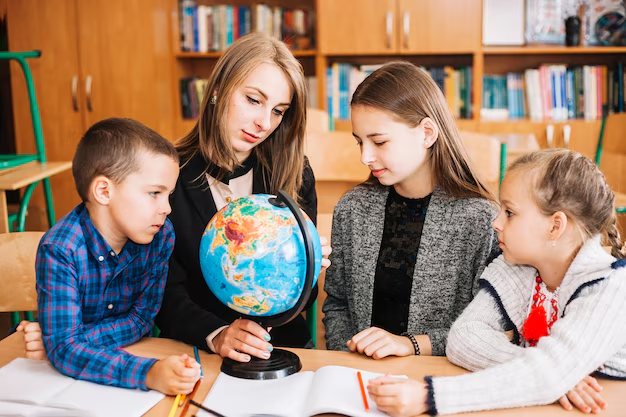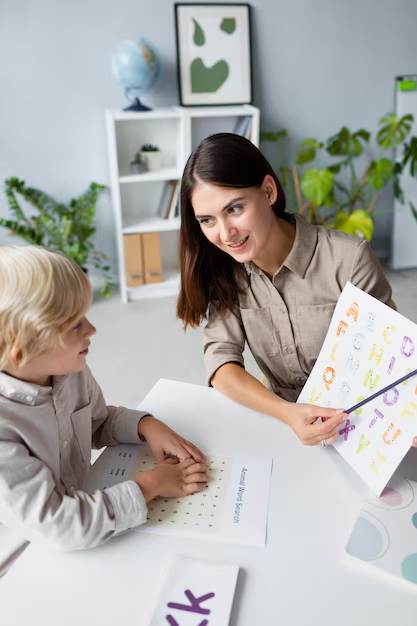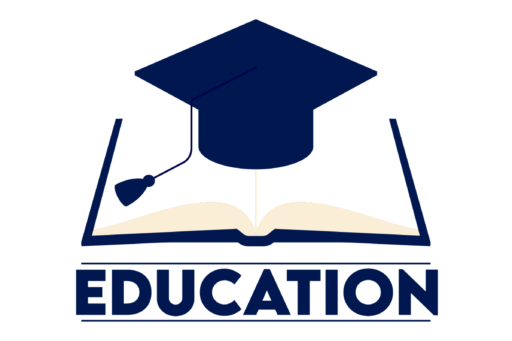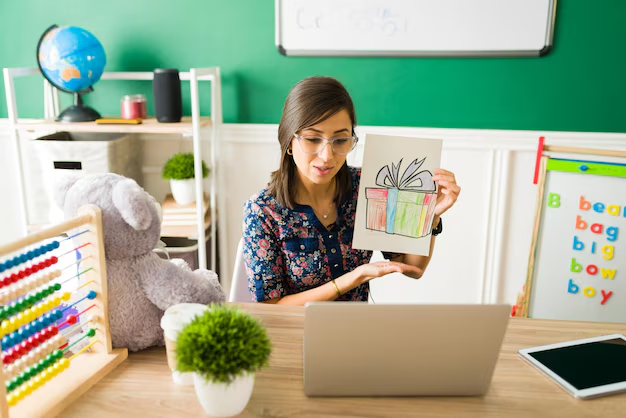Effective Teaching Methods for Young Learners Teaching young learners presents unique challenges and opportunities. Children are naturally curious, energetic, and eager to explore, but they also have shorter attention spans and varying levels of readiness. Effective teaching for young learners requires creativity, patience, and an understanding of how young minds develop. Methods that encourage active participation, hands-on exploration, and a safe environment for expression make learning both enjoyable and effective.
In this blog, we’ll explore some of the most effective teaching methods for young learners, focusing on techniques that promote engagement, understanding, and long-term retention.
Learning Through Play
One of the most effective ways to teach young learners is through play. Play-based learning integrates educational content into activities that are enjoyable and familiar to children, making it easier for them to absorb new information.
A. Benefits of Play-Based Learning
Play-based learning helps develop cognitive, social, and motor skills simultaneously. Through games, young learners develop problem-solving abilities, learn to collaborate with peers, and build confidence. This approach also supports emotional growth by allowing children to express themselves in a relaxed setting, free from the pressure of formal assessments.
B. Practical Applications in the Classroom
Incorporating play into lessons can be done through storytelling, role-playing, and interactive games. For example:
- Storytime with Puppets: Teachers can use puppets or props to bring stories to life, making literature engaging and interactive.
- Educational Games: Simple board games or outdoor activities can reinforce concepts such as counting, pattern recognition, and vocabulary.
By turning learning into play, educators can capture children’s attention and make learning a positive experience.
Hands-On Learning
Young learners benefit greatly from hands-on learning, where they can actively engage with materials and experiment with concepts. This method caters to their natural inclination for curiosity and exploration.
A. Benefits of Hands-On Learning
Hands-on learning enhances memory retention by involving multiple senses. When children physically interact with learning materials, they are more likely to remember what they learn. It also helps develop fine and gross motor skills, such as hand-eye coordination and spatial awareness.
B. Examples of Hands-On Learning
Activities like arts and crafts, science experiments, and building blocks provide rich hands-on learning opportunities:
- Arts and Crafts: Activities like drawing, cutting, and pasting help children express themselves while building fine motor skills.
- Simple Science Experiments: Exploring how water moves through a sponge or mixing colors to make new shades can introduce children to basic scientific principles in a fun and interactive way.
Through hands-on activities, teachers can create memorable and impactful learning experiences for young learners.

Storytelling and Visual Learning
Children have vivid imaginations, making storytelling a powerful educational tool. Stories stimulate their creativity and make abstract concepts more relatable.
A. Benefits of Storytelling
Storytelling builds listening skills, enhances vocabulary, and improves memory. It also provides a narrative structure that helps young learners connect ideas and understand cause-and-effect relationships. Visual elements, such as illustrations or videos, can make storytelling even more effective, engaging learners’ imaginations and helping them visualize complex ideas.
B. Storytelling Techniques for the Classroom
To enhance storytelling in the classroom, teachers can use the following techniques:
- Picture Books and Illustrated Stories: These resources allow children to follow along visually, supporting comprehension and retention.
- Interactive Stories: Teachers can invite students to act out parts of the story, making them active participants in the lesson.
- Visual Aids and Props: Using simple props or costumes can transform the classroom into a storytelling stage, enhancing engagement and making the story memorable.
By combining storytelling with visual elements, educators can make lessons more engaging and enjoyable for young learners.
Music and Movement
Young learners often struggle to sit still for long periods, making music and movement a valuable part of the educational experience. Incorporating songs, dance, and physical activities helps keep students engaged and channels their energy in productive ways.
A. Benefits of Music and Movement
Music and movement help develop motor skills, rhythm, and coordination. Additionally, they improve memory retention since information set to music is easier to remember. Music also has a calming effect, which can be particularly helpful in managing classroom behavior.
B. Using Music and Movement in Lessons
Music and movement can be integrated into various subjects to reinforce concepts and maintain a lively classroom environment:
- Educational Songs: Songs about the alphabet, numbers, or science facts make learning feel like a game.
- Dance and Rhythmic Activities: Activities that involve clapping, jumping, or dancing help reinforce concepts, like counting or recognizing patterns.
- Yoga and Stretching: Simple yoga poses or stretching exercises can help children release energy and refocus on learning.
By incorporating music and movement, teachers can create a dynamic classroom environment that supports both physical and cognitive development.
Differentiated Instruction
Each child learns differently, and effective teaching recognizes and accommodates diverse learning styles. Differentiated instruction involves tailoring lessons to meet the varied needs and abilities of each student.
A. Importance of Differentiated Instruction
Differentiated instruction allows every child to thrive, regardless of their learning style or pace. By using multiple approaches, teachers can reach visual, auditory, and kinesthetic learners, ensuring that each child can engage with the material in a way that resonates with them.
B. Strategies for Differentiating Instruction
Some methods to implement differentiated instruction include:
- Flexible Grouping: Dividing students into groups based on their learning preferences or skill levels can help ensure that each child receives appropriate support.
- Choice Boards: Allowing children to choose between activities—such as drawing a picture, building a model, or explaining verbally—encourages them to learn in ways they find comfortable.
- Personalized Pacing: By offering extensions or extra support as needed, teachers can keep advanced learners challenged while supporting those who may need additional time.
Differentiated instruction enables teachers to create an inclusive classroom where each student feels supported and valued.
Positive Reinforcement and Encouragement
Young learners thrive on positive feedback, which helps build their confidence and encourages a love of learning. By creating a supportive environment, teachers can motivate children to participate actively and persevere through challenges.
A. Benefits of Positive Reinforcement
Positive reinforcement promotes self-esteem, fosters resilience, and encourages a positive attitude toward learning. Children are more likely to participate and take risks in an environment where they feel appreciated and supported.
B. Methods of Positive Reinforcement
Some ways to incorporate positive reinforcement include:
- Praise and Rewards: Verbal praise and small rewards, like stickers or certificates, can motivate young learners to do their best.
- Celebrating Effort, Not Just Results: Recognizing children’s hard work and progress helps them understand the value of persistence, even if they don’t achieve immediate success.
- Encouraging Peer Support: Allowing students to applaud each other’s achievements fosters a supportive classroom community where everyone’s efforts are valued.
Positive reinforcement helps young learners develop confidence, curiosity, and a love of learning that will serve them throughout their education.
Technology-Enhanced Learning
Technology can be a valuable tool for engaging young learners, as it provides interactive and multisensory experiences that can enhance traditional teaching methods.
A. Advantages of Technology for Young Learners
When used responsibly, technology can make learning more interactive and accessible. Educational apps and games provide instant feedback, allowing students to learn at their own pace. Additionally, technology can introduce young learners to basic computer skills, preparing them for a tech-driven world.
B. Integrating Technology in the Classroom
Some examples of using technology effectively include:
- Educational Apps: Apps for math, language, and science can reinforce lessons in a fun, engaging format.
- Interactive Whiteboards: Teachers can use whiteboards to display visuals, play educational videos, and involve students in interactive lessons.
- Digital Storytelling: Creating stories with digital tools or using multimedia presentations can make storytelling more dynamic.
By incorporating technology, teachers can create a modern classroom environment that resonates with digital-native learners.

Conclusion
Teaching young learners is a rewarding endeavor that requires a balance of creativity, patience, and flexibility. By integrating play-based learning, hands-on activities, storytelling, music, movement, differentiated instruction, and technology, educators can create an engaging and inclusive environment that fosters curiosity, resilience, and a lifelong love of learning. With the right methods, teachers can make education an enjoyable experience for young learners, empowering them to grow and succeed.

